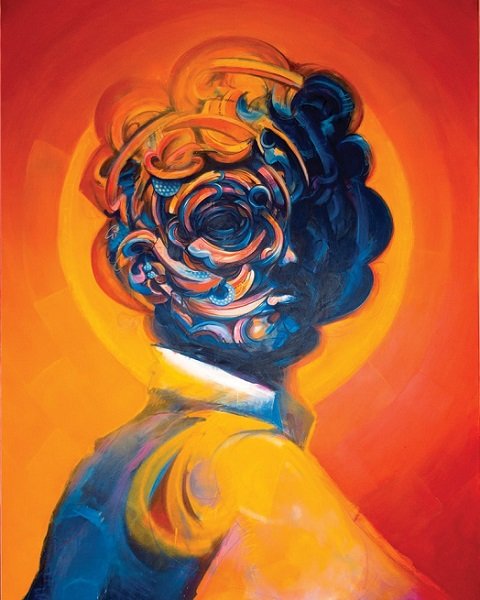Some thoughts about the humanistic theory of personality /part 7/
Carl Rogers / 1902-1987 / - born in Chicago in a religious family, and one of the leading representatives of the humanistic field in American psychology. A basic postulate in Rogers theory is that the individual is always considered in its entirety, ie to explore its interaction with the environment, but also to help the individual develop his inner world. By working, he introduces several concepts: - the field of experience - unique to every individual, and it includes everything that is done in the body and which is potentially accessible to consciousness; - self-realization - is born in the field of experience and contains some contradiction.
On the one hand, it is not a constant, on the other hand the individual is always determined to be sustainable; self - actualization - a person only self - updates when performing some activity most acceptable to him and the activity for which he / she is best prepared. Then the individual achieves autonomy independent of society and confidence in achieving the goal of ideal self-realization. For over a decade (1928-1939), Rogers is a practitioner of a child therapist. Experience dictates customer service rules. The concept of which Rogers attaches great importance and which is closely related to the understanding of experience is the notion of "good life". In modern literature there are different names of the Rogers method - speech therapy, client-centered, non-direct, person-centered. Rogers defines his method as non-directing. He assumes that the client has the power to self-organize and change. The main goal of therapist is to create a suitable psychological atmosphere in which the client can reach an insight. Therapist should help the client to take away any protection from him. An important principle is the recognition of customer independence.
Rogers formulates three key terms of reference for customer interaction: Recognizing that a client is a personality; empathy by the therapist; consistency of interaction. Their formulation is aimed at the therapist needs to understand his clients so that he can help them. What is new is that the Insay is seen as a positive beginning for the deployment of those forces in the client, prompting it to self-actualization, which is the main motive for therapy. Rogers offers his original concept of freedom of will. It defines as a phenomenon the ability of an individual to reorganize his attitudes and redirect his behavior. Rogers concludes that man's behavior can be determined by the influences he is exposed to. He develops strategy of the guided-centered guidance. Under his leadership, another strategy for group therapy, called the main meeting group, is being developed. Here the emphasis is on spontaneous communication, casual conversations.

as always a delight of post ... Greetings pass for you to read good poetry in my post exec greetings and my respects as always supporting you.
To listen to the audio version of this article click on the play image.

Brought to you by @tts. If you find it useful please consider upvoting this reply.
You got a 1.78% upvote from @booster courtesy of @godflesh!
NEW FEATURE:
You can earn a passive income from our service by delegating your stake in SteemPower to @booster. We'll be sharing 100% Liquid tokens automatically between all our delegators every time a wallet has accumulated 1K STEEM or SBD.
Quick Delegation: 1000| 2500 | 5000 | 10000 | 20000 | 50000